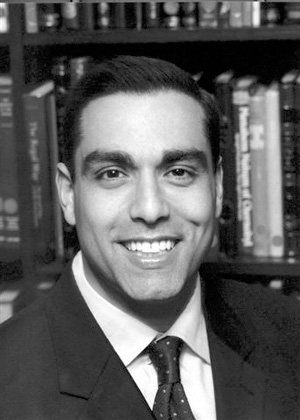‘Jacob lived’ — and continues to live
Published December 11, 2013
Our Torah reading for this coming Shabbat opens with the word “Vayechi” – literally “and he lived”. Ironically, however, our Parashah describes the final days and demise of our patriarch, Jacob. What might we learn from the apparent contradiction between this portion’s name and its emphasis on life, on the one hand, and the contents of this section of our Holy Torah which details death, on the other?
Rabbi Tzadok Hakohen of Lublin, arguably the most prolific of the Chassidic Masters, in his oeuvre Yisrael Kedoshim teaches that the death of a great spiritual leader, and the subsequent ascension of this leader’s unique soul to the supernal realms, paradoxically catalyzes the release of spiritual energy into the world. It’s as if the deceased, now that he has shirked his cumbersome corporeality, can from On-High serve as an even more powerful spiritual battery for his people This spiritual energy forms a kind of reservoir of holiness that can be drawn upon when we inevitably face moments of profound darkness, the spiritual ebbs, in our lives.
Understood in this way, the physical death of Jacob was not the annihilation of his existence, but rather a recasting and reformulation of his presence in the lives of his descendants. As the iconoclastic Rabbi Nachman of Bratslav once suggested, death is simply a matter of moving from one room to another. The influence of our ancestors, great leaders and teachers in our lives is never limited to the years of their earthly sojourns. Their wisdom and insights are available in perpetuity because they left behind life-lessons and teachings that can be accessed by recalling the inspiring manner in which they lived their lives. In fact, their deaths can often make visible what was temporarily obfuscated, yet most consequential, about their lives.
The other day, I was visiting one of the lower grades of our B’nai Amoona Meyer Kranzberg Learning Center. The students were diligently at work mastering the essential Jewish Life skill of Hebrew reading. As I passed between the rows of engaged, hardworking students, a sweet little girl stopped me and asked if I could assist her with one word that was giving her “a lot of trouble.”
Pulling up a chair next to the child, I asked her to show me what was causing her so much difficulty. She pointed at the word Chayim and said: “Rabbi Carnie — why does it have two Yuds (The word is spelled Chet-Yud-Yud-Mem Sofeet)? Shouldn’t the word be written with only one Yud (Chet-Yud-Mem Sofeet)? This stuff is really confusing!”
After a gentle yet futile attempt on my part at explaining the fine points of Hebrew syntax, the young woman looked at me and lovingly said: “Rabbi — how about I just memorize this one for now and at my bat mitzvah, you can try again?”
My sense is that the most profound explanation for why the word Chayim is spelled with two Yuds has nothing to do with the linguistic rules of Hebrew. It may very well be that it is so precisely because our wise Tradition knows that the end of physical life is not the end of us. When we pass-on or pass-over, we merely conclude one stage of our existence and enter a new manifestation of our being. Our task during our earthly journey — the days of our first Yud — should be to create a life that will inspire others even after our demise so that when we reach the time to enter into our second Yud phase, we will have lived in ways that are motivational and inspirational; lives worthy of remembering, recalling and emulating.
And this is an insight that I will surely share with my precious student (and her peers!) — when it comes time for her to become a bat mitzvah.
Shabbat Shalom!
Rabbi Carnie Shalom Rose serves as the Rabbi Bernard Lipnick Senior Rabbinic Chair of Congregation B’nai Amoona.















